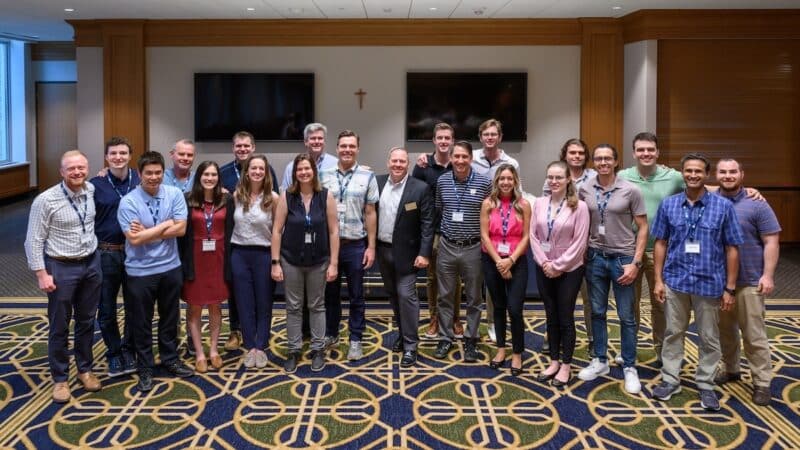Different by Design, Distinctly Notre Dame: The Online Master’s in Data Science
Built by Notre Dame Learning’s Office of Digital Learning, the online master’s in data science was envisioned by the University’s Office of the Provost and College of Science in collaboration with AT&T, which provided a generous grant to help launch the program and continues to partner in its delivery. The idea was to give highly driven individuals already pursuing careers an opportunity to advance their skills in data science in response to industry need.
